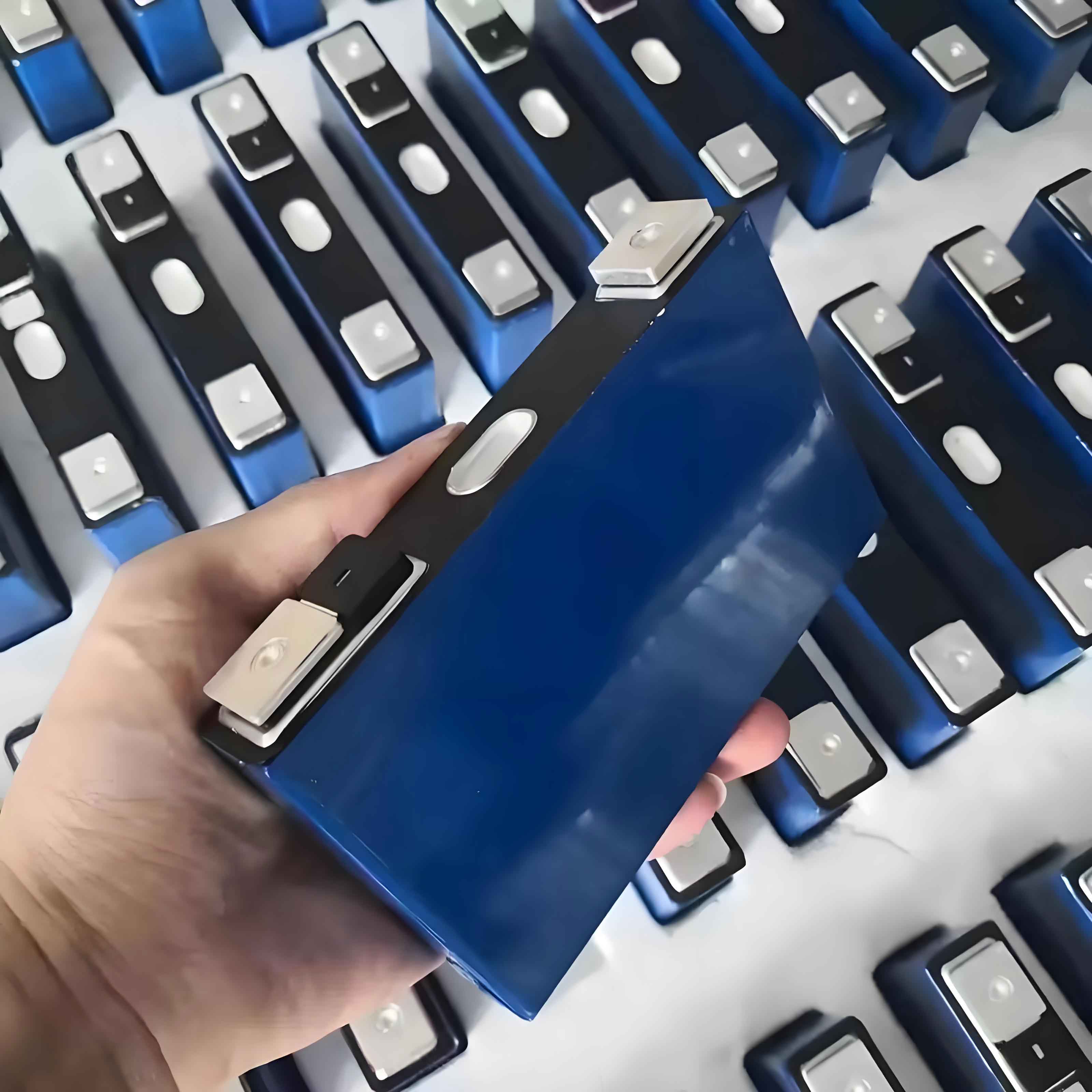Abstract
This study investigates the cycle life performance of a 48V lithium iron phosphate (LiFePO4) battery pack under accelerated aging conditions to validate its suitability for mild hybrid electric vehicle (MHEV) applications. A battery pack with a nominal voltage of 48V and capacity of 37Ah was assembled using high-rate LiFePO4 pouch cells. Key parameters, including capacity, direct current resistance (DCR), and aging characteristics, were evaluated under simulated World Light Vehicle Test Procedure (WLTP) conditions. Results demonstrate that the LiFePO4 battery pack exhibits a capacity retention of 89.6% and a DCR increase of 5.2% after 14,400 accelerated cycles, equivalent to 334,800 km of real-world driving. These findings confirm the robustness of LiFePO4 batteries in meeting the stringent longevity requirements of 48V MHEV systems.

Introduction
The automotive industry faces escalating challenges in reducing fuel consumption and emissions due to tightening global regulations. The 48V mild hybrid system has emerged as a cost-effective solution, leveraging energy recuperation, engine start-stop optimization, and torque assist to improve fuel efficiency by 10–15%. Central to this system is the 48V LiFePO4 battery pack, which balances energy density, safety, and cycle life.
LiFePO4 batteries are favored for their thermal stability, flat voltage profile, and long cycle life. However, their performance under dynamic MHEV workloads—characterized by frequent charge-discharge pulses—requires rigorous validation. This study addresses this gap by subjecting a custom-designed 48V LiFePO4 battery pack to WLTP-derived stress profiles and accelerated aging protocols.
Experimental Design
1. Battery Pack Configuration
The LiFePO4 battery pack was constructed using 15 series-connected pouch cells (3.2V, 37Ah each), yielding a 48V/37Ah assembly. Key specifications are summarized in Table 1.
Table 1: Battery Pack Specifications
| Parameter | Value |
|---|---|
| Cell Chemistry | LiFePO4 |
| Nominal Voltage | 48V |
| Nominal Capacity | 37Ah |
| Dimensions (L×W×H) | 429.0 mm × 174.0 mm × 189.0 mm |
| Connection Topology | 15S1P |
2. Test Methodology
2.1 Capacity Testing
Capacity tests were conducted at 25°C using a CE-7004-120V400A-R28GC battery tester. The protocol included:
- Charging: 1.0C constant current (CC) to 52V, followed by 0.5C CC to 54V.
- Discharging: 1.0C CC to 28V.
Three cycles were performed, with results averaged (Table 2).
Table 2: Capacity Test Results
| Cycle | Charge Capacity (Ah) | Discharge Capacity (Ah) |
|---|---|---|
| 1 | 40.34 | 37.55 |
| 2 | 40.37 | 37.57 |
| 3 | 40.35 | 37.40 |
2.2 DCR Measurement
DCR was evaluated at 25°C and three SOC levels (25%, 50%, 85%) using a 200A pulse discharge/charge for 10s. The resistance was calculated as:RDCR=ΔVIRDCR=IΔV
where ΔVΔV is the voltage drop during discharge (or rise during charging) and I=200AI=200A. Results are shown in Table 3.
Table 3: DCR Values at Different SOC Levels
| SOC | Discharge DCR (mΩ) | Charge DCR (mΩ) |
|---|---|---|
| 25% | 11.502 | 10.531 |
| 50% | 11.540 | 10.570 |
| 85% | 12.201 | 12.120 |
2.3 Accelerated Aging Test
The battery pack underwent 14,400 WLTP cycles at 50°C to simulate 334,800 km of driving. Key parameters:
- SOC Management: Recharged to 85% when SOC ≤20%.
- Voltage Limits: 3.7V (max), 2.0V (min).
- Checkpoints: Capacity and DCR measured every 1,200 cycles.
Results and Discussion
1. Capacity Degradation
The LiFePO4 battery pack exhibited minimal capacity fade, retaining 89.6% of its initial capacity after 14,400 cycles (Figure 1). This aligns with industry benchmarks, where ≥80% capacity retention defines end-of-life.Capacity Retention (%)=(CfinalCinitial)×100=89.6%Capacity Retention (%)=(CinitialCfinal)×100=89.6%
2. DCR Growth
DCR increased by 5.2% at 50% SOC, indicating stable internal resistance despite aggressive cycling (Figure 2). The rise is attributed to electrolyte decomposition and SEI layer growth, common in LiFePO4 systems under high-temperature stress.DCR Growth (%)=(Rfinal−RinitialRinitial)×100=5.2%DCR Growth (%)=(RinitialRfinal−Rinitial)×100=5.2%
3. Energy Efficiency
The system achieved a 38.9% energy recuperation rate during WLTP cycles, validating the LiFePO4 battery’s capability to harness regenerative braking energy efficiently.
Conclusion
This study demonstrates the exceptional durability of LiFePO4 battery in 48V MHEV applications. Key outcomes include:
- Capacity Retention: 89.6% after 334,800 km-equivalent aging.
- DCR Stability: 5.2% increase, well within operational limits.
- Energy Recuperation: 38.9% efficiency under WLTP conditions.
These results underscore the suitability of LiFePO4 chemistry for 48V systems, offering automakers a reliable, cost-effective pathway to meet emission targets without compromising vehicle longevity.
Future Work
Further research will explore:
- Low-temperature performance of LiFePO4 battery.
- Impact of cell balancing strategies on pack longevity.
- Integration with advanced battery management systems (BMS).
